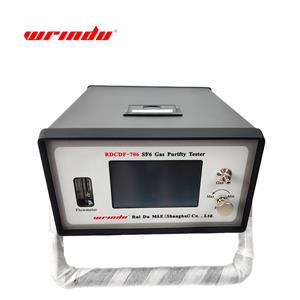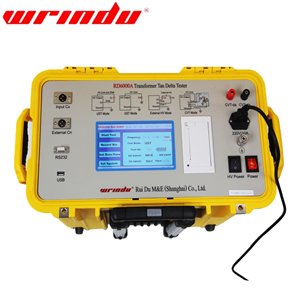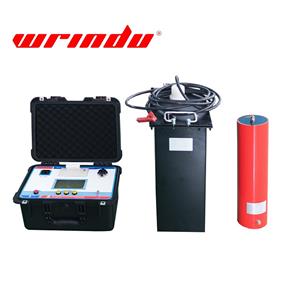You may ask about tan delta test
Questions about Tan Delta Test
What is a tan delta test?
What is a good tan delta value?
How do you interpret tan delta results?
How do you calculate tan delta?
What does a high tan delta mean?
What is a tan delta test?
Tan delta testing is a method is a non-invasive diagnostic technique used to assess the condition of insulation in electrical equipment such as cables or transformers. It can also be called Dissipation Factor testing or Loss Angle testing. This test is applied to evaluate the dielectric losses within the insulation so as to get its capacity to store and release electrical energy. If tan delta value increases, it shows energy losses, which also indicates the insulation is deteriorating, often due to aging or moisture. After test, we can asses the remaining lifespan of the insulation and for making informed decisions regarding maintenance, replacement, or revitalization of the cable system by results.
What is a good tan delta value?
We consider a tanδ value of less than 0.5% to be good and acceptable. The tan delta test acceptable value or acceptable value of Tan delta (8) of bothbushings and windings is 0.5 % (i.e. 0.005) at 20°c. Tan delta value in no caseshould exceed the acceptable value. Due to various reasons, the tanδ value decreases year by year. lt is still more important to monitor the rate of change of the Tan delta. Tan delta value should not increase by morethan 0.1 % per year (i.e.0.001 per year). An increase in only the tan delta value (not appreciable change in capacitance value indicates deterioration of insulation whereas an increase in both tan delta and capacitance values indicates the entry of moisture in the insulation.
How do you interpret tan delta results?
The results of the tan delta test are interpreted by looking at the difference betweerthe readings taken at the beginning and end of the test. This difference is called thedelta. The delta should be less than 0.005 for a new transformer, and the difference should be equal to or less than 0.001 for an older transformer. A higher tan deltavalue that is greater than these acceptable tan delta values indicates that there isinsulation damage present.
How do you calculate tan delta?
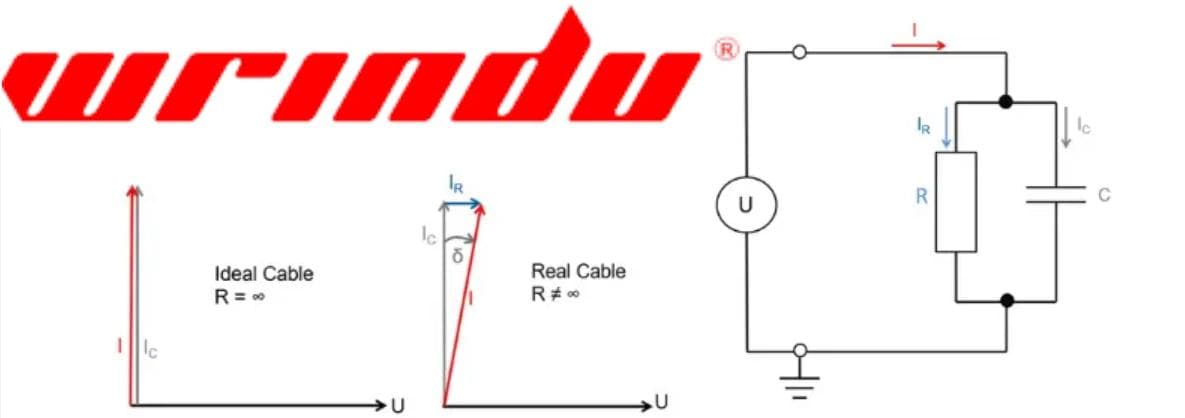
When a pure insulator is connected between a line and ground, it acts like a capacitor. Ideally, if the insulating material (which doubles as a dielectric) were 100% pure, the current flowing through would have only a capacitive component and no resistive component due to the absence of impurities.
In ideal conditions, the capacitive current leads the applied voltage by 90 degrees.
In reality, it is impossible for an insulator to be 100% pure. As time goes by, aged insulators accumulate impurities such as dirt and moisture. These impurities create a conductive path that introduces a resistive component to the leakage current from the line to ground.
Therefore, a low resistive component of the leakage current indicates a good insulator. The health of an electrical insulator can be measured by a low ratio of the resistive to capacitive components, known as the loss tangent or dissipation factor.
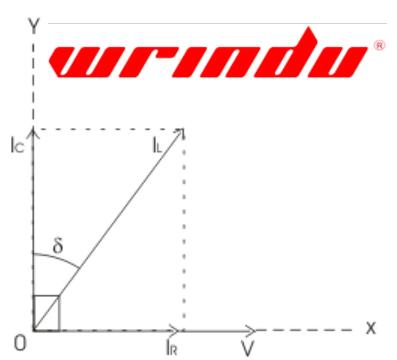
In the above vector diagram, the system voltage is plotted along the x-axis. The resistive component of the conduction current, IR, the leakage current will also be plotted along the x-axis.
Since the capacitive component of the leakage current, IC, leads the system voltage by 90 degrees, it will be plotted along the y-axis.
Now, the total leakage current, IL (Ic + IR), makes an angle δ with the y-axis.
Now, it is clear from the above diagram that the ratio of IR to IC is tanδ or tan delta.
What does a high tanδ value mean?
A high tanδ value generally means an increased ability of the material to dissipate energy (also known as damping) and greater energy losses during transformer testing equipments. In terms of insulation, higher values of dielectric loss tangent indicate degraded or contaminated insulation, leading to higher energy losses and potentially shortened service life of equipment.
A negative tanδ value is generally impossible under ideal conditions and often caused by a measurement error or a problem with the test start. In insulation testing, a negative tan delta indicates a problem with the resistive current component, which should always be positive.
If you are interested in Transformer Tan Delta Tester, pleace contact us!
You may also like:
What is the tan delta test on a transformer?
Click here to find iec standards about tan delta tester.

